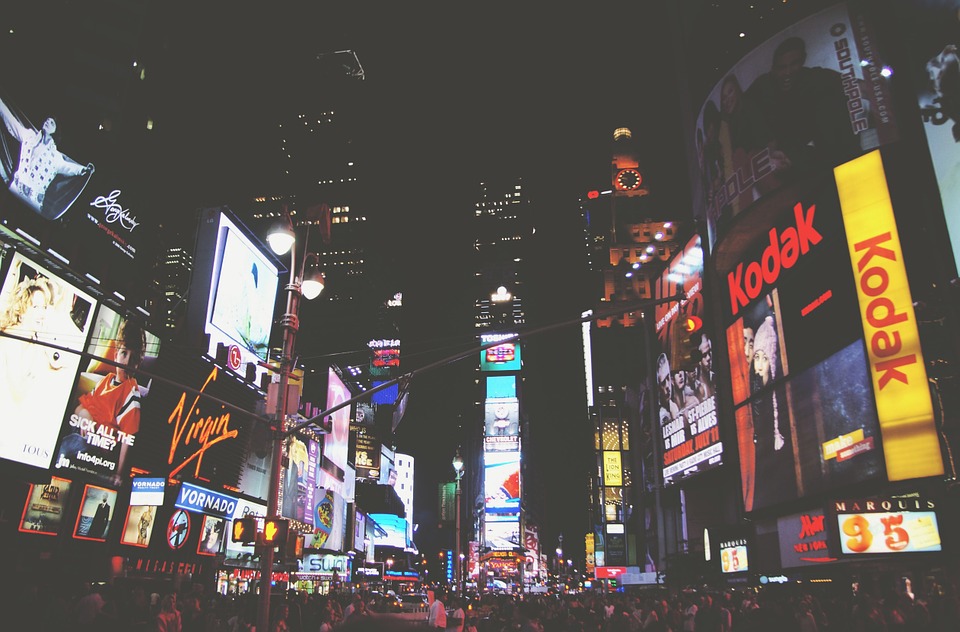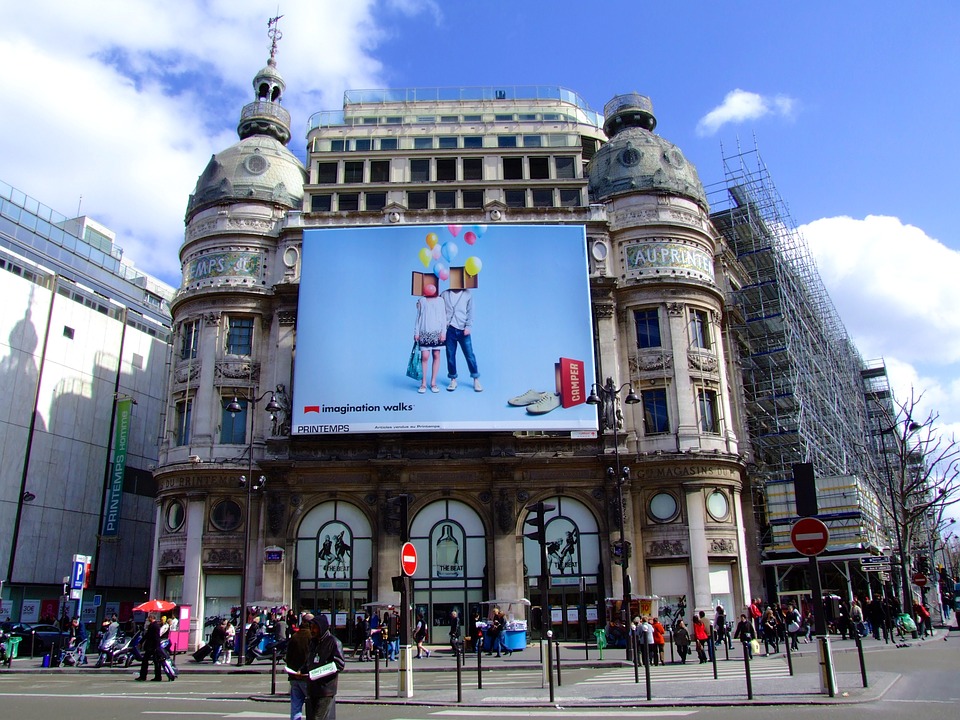Wherever we go, we are greeted by screens – from shopping centers and restaurants to billboards and street signs; screens are everywhere.
As the world becomes digitized, print media messages are losing the effectiveness they once had. These days, visual, movable messages on-screen are preferred as they are more interesting and engaging.
Digital signage can show any media on a digital display, such as LCD or LED screens. Companies invest in digital signage to boost their business; 83% of business owners surveyed reported increased sales after installing digital signs.
How Does Digital Signage Operate?
A digital signage system requires a proper infrastructure consisting of mounts, network connections, and cables. In addition, you’ll need a content management system (CMS), playback hardware, and displays.
Content is any piece of information you want to display on your digital signage. It will contain the message you want to communicate in a manner that is appealing to your audience.
A CMS organizes, schedules, and delivers your messages to your screens across a network. The CMS is your primary software, which can be housed on a native content server or in the cloud. It is what aids you in creating content playlists and organizing the time and days your content will be played on a digital screen.
In turn, playback hardware is a media player or appliance that pushes your content to displays. It is responsible for distributing your content to different displays or groups of displays.
Displays are simply the screens on which your content will be played. They can be touchscreens for interactive content or static.

Img source: pixabay.com
Benefits Of Digital Signage
Following are three reasons why businesses are increasingly using digital signage to get the message out:
Greater Exposure
Brand awareness is vital for greater ROI. What better way to get people to know about your brand and offerings than by displaying them in a high-traffic area?
Email lists and print ads have limited reach. But if you place a digital sign – whether it’s showing an ad or any other visual cue – in a place filled with people, consumers are likely to notice.
Increased Engagement And Retention Rates
Digital signs are a visual aid, which helps consumers retain what they see.
According to Visix.com, our brains process visual information 60,000x faster than text, which is why 55% of people who come across a digital billboard can recall the specific message it displayed.
If you use movable animations or interactive wayfinding, your digital signs will even engage your consumer.
Better Customer Experience
By making information easily accessible to consumers, digital signs save time. For example, if you list your FAQs or queuing data, it can ease customer stress and reduce perceived wait times.
You can also use digital signage to showcase your catalog with complete product descriptions, which will lead to a smooth customer experience.

Img source: pixabay.com
How Can You Make The Most Out Of Your Digital Signage?
According to Visix, 50% of communication professionals use digital signage as a channel to communicate with their audience. But to profit off of your digital signage, you need to plan accordingly.
Here are three ways you can effectively use your digital signage:
Design A Strategy
First, you need to decide what your goals and objectives are.
Ask yourself: What messages am I trying to share? Why are these messages important to share? Who am I trying to share them with?
Your goals will determine all the other factors, such as your content and display type, where you place your digital signs, and the times and areas where you publish your playlists.
Knowing your target audience is crucial for a well-developed strategy. Think about whose attention you’re trying to grab and what action you want your audience to take after you have their attention.
When you have an idea of your target audience, you can create a user persona to understand their interests, behaviors, and motivations. Then, you can use this information to tailor your digital signage accordingly.
Pick The Right Location
Where you place your digital signs will dictate your project’s success. This is also where your target audience comes in.
So, for example, if you want students to look at your message, you should place it in the vicinity of schools and colleges or even busy marketplaces that supply stationery and books.
If you’re unsure about where to start, you should check out Rise Vision, a reputable digital signage platform that can help you identify optimal locations and strategies for your displays. Also, you will learn how to properly design your signs, banners, and posters ensuring they are visually appealing and eye-catching.
Make sure your sign is placed at an appropriate height, so people from afar can view it and everyone can engage with it. Thus, set your digital signage at eye level when people will be close up, but higher if you want them to see if from further away.
Your location will tell you what content you should be showing to your audience. For example, if you’re placing your signage in an area where people have to wait, then you can showcase more detailed guides and descriptions rather than fleeting visuals. Similarly, placing digital signs at your shop windows will attract increased impulsive buying.

Img source: pixabay.com
Create Quality Content
Using good design principles is pertinent for a compelling message. Some basic rules to remember are:
- Balanced composition: the distribution of color, shape, texture, and space should be balanced. Use contrasting colors to make your content attractive but don’t overcrowd your design. Keep it simple and stable; it’s appealing to the eyes.
- Layout: Use a short hook or headline, one or two short lines of text, and a call to action. Adding an image can draw attention, but don’t let it overpower the message text. You can also use the color palette to contrast the foreground and the background. Finally, your layout should gravitate the eye towards the central aim of the message.
- Easy-to-read text: Use large fonts that can be read from afar. The font should not be too complex. Don’t use italics. Keep it simple, so visually impaired people can read your digital signs as well. Remember not to make your content too wordy because customers retain and enjoy visuals more.
Ultimately, technology is innovating, and we need to keep up. Digital signage is a fair means to expand your marketing efforts, build brand awareness, and target new leads. To reap the benefits of digital signage, use appropriate design principles and choose the best locations – all of which will be determined through your tactical strategy.



